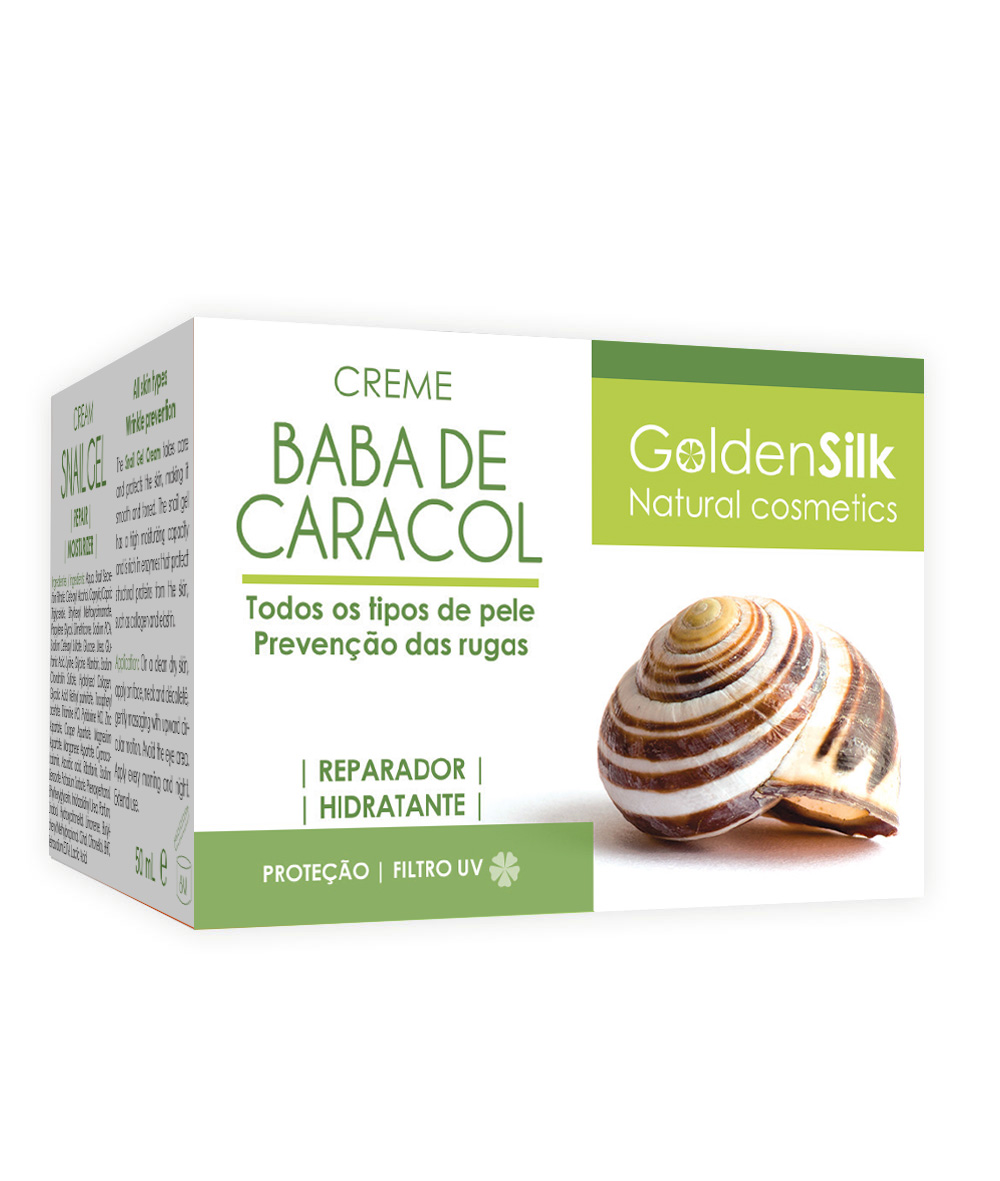Vitiligo
What is vitiligo?
Vitiligo is a persistent or chronic condition in which areas of skin lose their normal pigment (colour) and become very pale, white or light pink. Vitiligo is common, affecting about 1%, or one in a hundred people, of the world’s population. It can start at any age after birth, but in over half of the people affected it appears before 20 years of age. The amount of skin affected by vitiligo and the speed at which it spreads are unpredictable, varying from single small patches to a total loss of skin colour. In most people vitiligo tends to change slowly, with periods of stability often lasting several years. The pigment may return partially in some people, through treatment or sometimes without treatment. It is important to note that re-pigmentation (return of colour) is not guaranteed following treatment and the vitiligo may well return after treatment.
What causes vitiligo?
The pigment that gives your skin its normal colour is called melanin and is made by cells known as melanocytes. In patches of vitiligo the melanocytes are inactive but still may be present. The reason for this is not fully understood. However, vitiligo is considered to be an ‘autoimmune’ condition in which the body’s immune system rejects some of its own cells (melanocytes in the case of vitiligo). Thyroid disease and other autoimmune conditions are more common in individuals with vitiligo.








